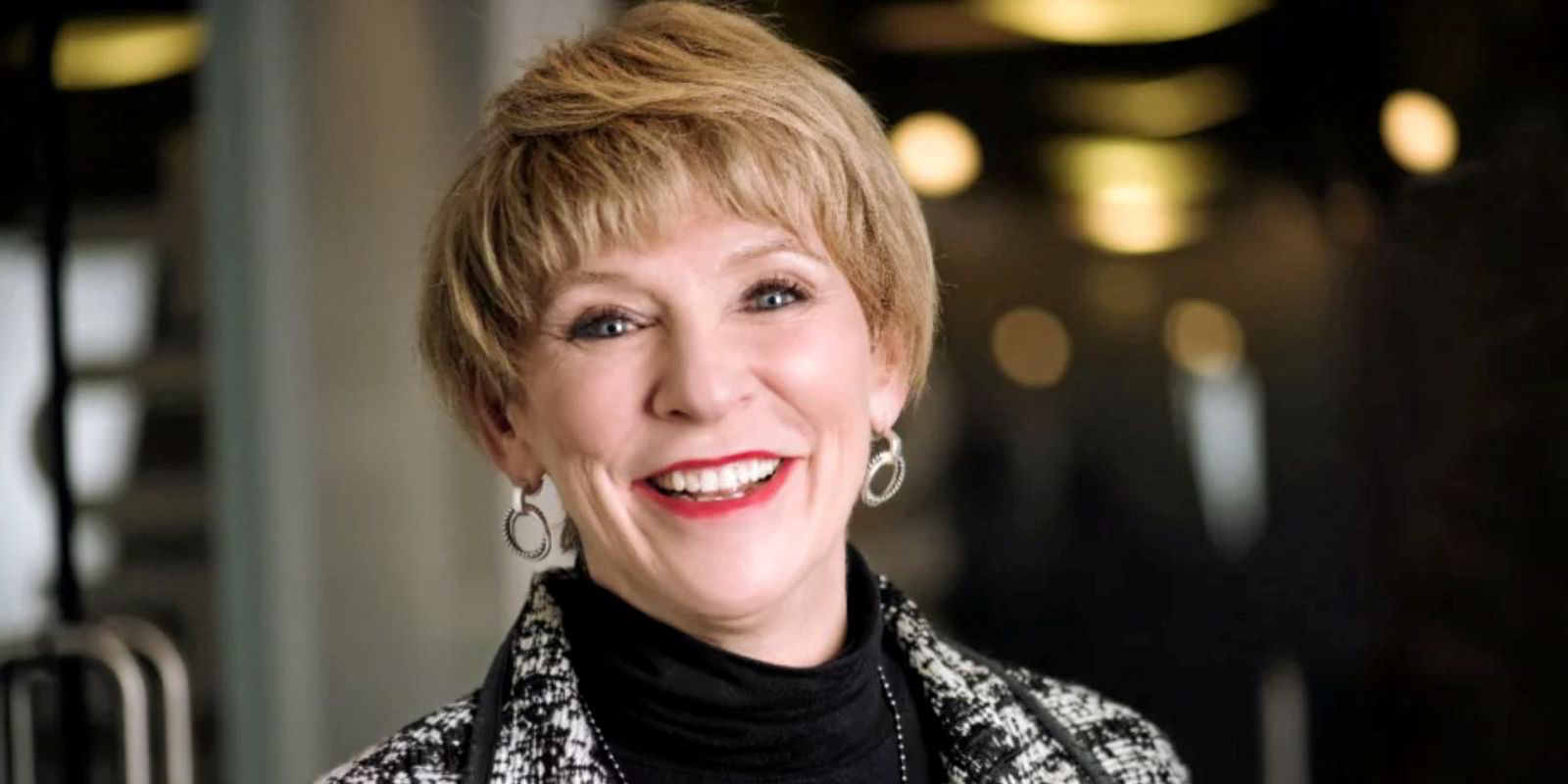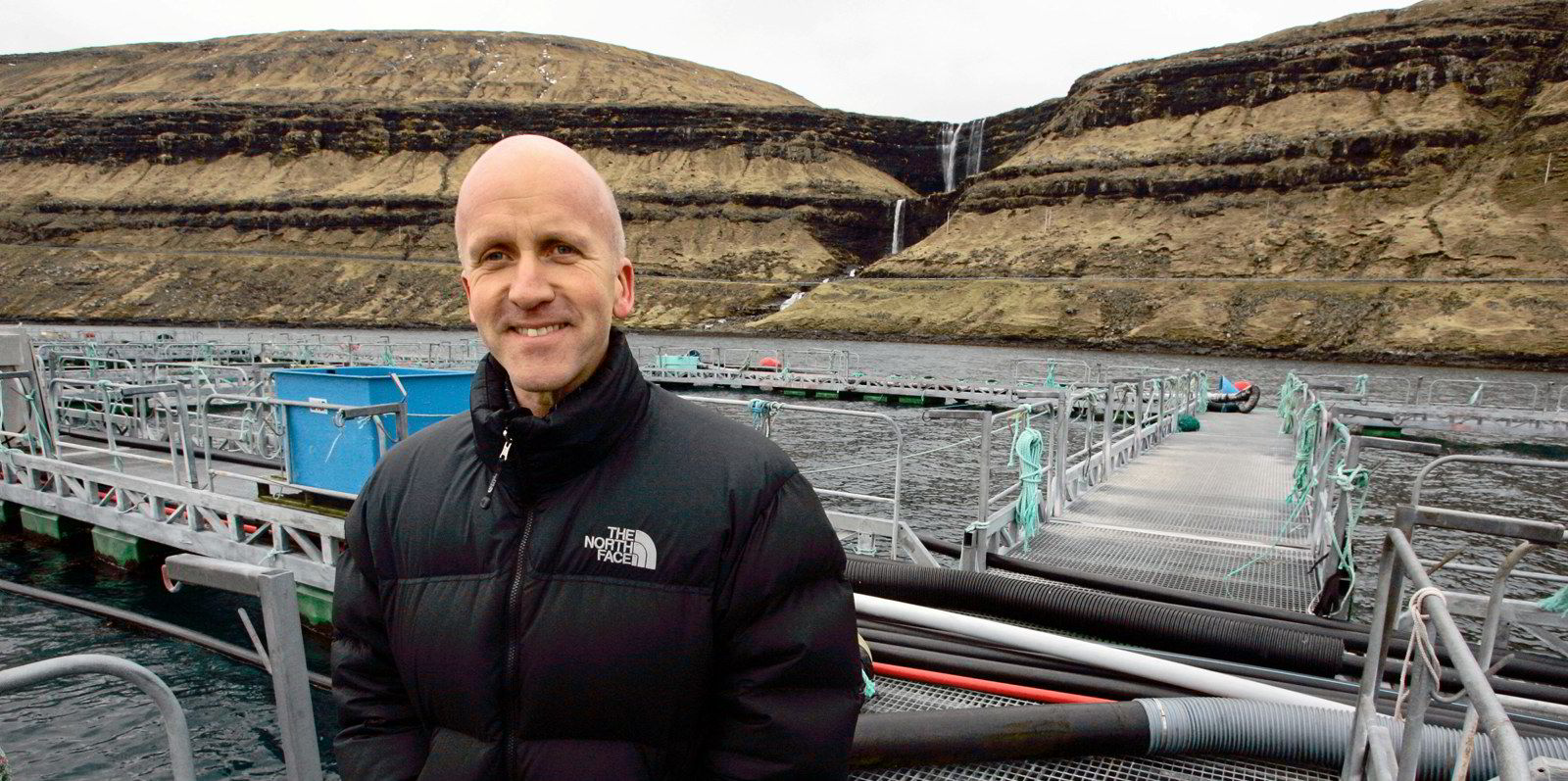The top executive at GM salmon producer AquaBounty on Tuesday said she's confident the company's controversial land-based fish will officially hit the market this month, a milestone that the industry and investors are watching closely.
The company missed a hoped-for April launch date for US consumers to be able to purchase the controversial fish -- the first GM animal to be approved for human consumption in the country.
AquaBounty CEO Sylvia Wulf said during a February video press conference that it expected consumers would begin buying its fish in April, but has extended that timeline into this month.
“During the first quarter of 2021, we completed the setup of our commercial framework and we are now preparing for the first commercial scale harvest of our genetically engineered salmon, which we expect to begin this month,” said Wulf.
The appointment of a new director of sales was a key step in the process, Wulf said, "and we are confident that all key processes are in place for the launch of our fish during May."
The company was harvesting conventional salmon to refine taste and work out any kinks in the supply chain and other logistics before launching GM salmon, she noted in a conference call in late February.
The company plans to produce 100 metric tons of GM salmon per month at its Albany, Indiana, facility, which has a capacity to produce 1,200 metric tons of salmon per year.
The company said it's in the process of due diligence on the third and final site location for its next 10,000 metric-ton land-based facility, and expects construction to begin later this year, with commercial production in 2023.
In February, the company raised $127.1 million (€106 million) in a public offering to finance construction.
Losses accrue
The company continues to lose money while it develops its commercial strategy. It posted a first quarter loss of $4.2 million million (€3.5 million), a nearly 36 percent increase from the $3.1 million (€2.6 million) loss in the same quarter a year ago.
Revenue in the quarter was $74,000 (€61,586), compared to $7,000 (€5,826) in the same quarter a year ago, the result of COVID-19's impact on foodservice demand.



